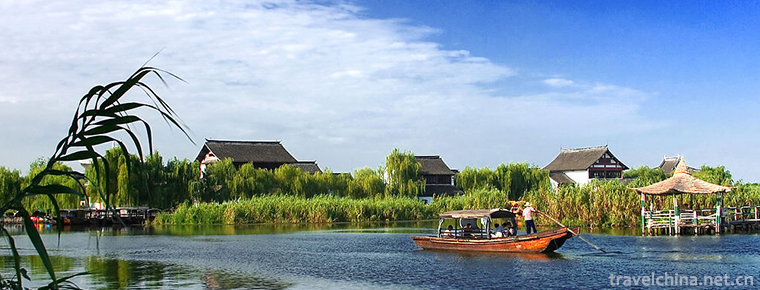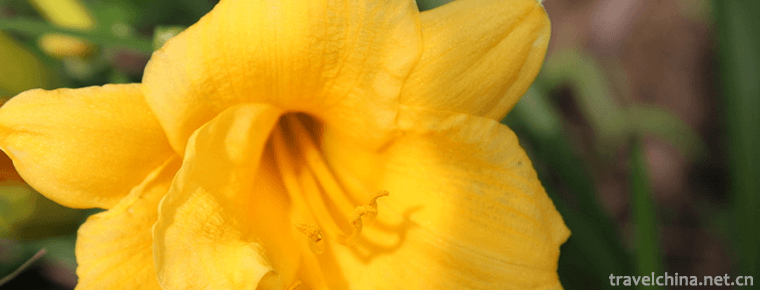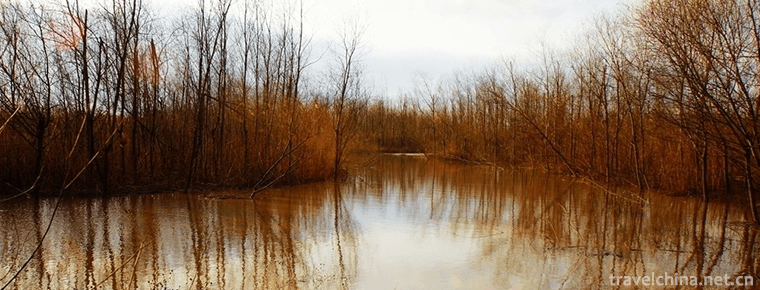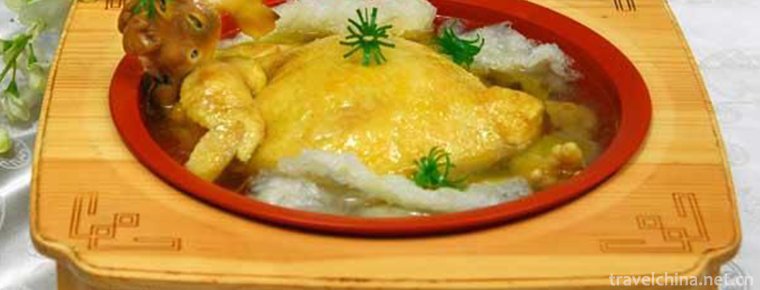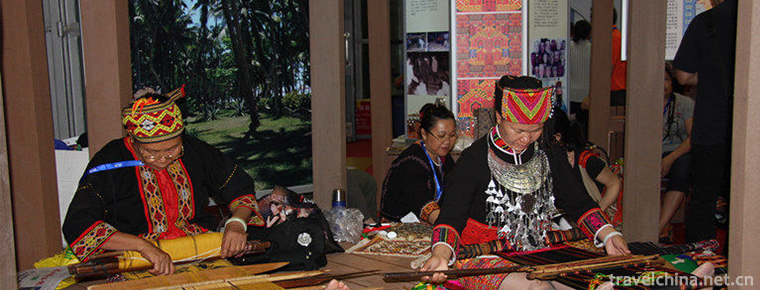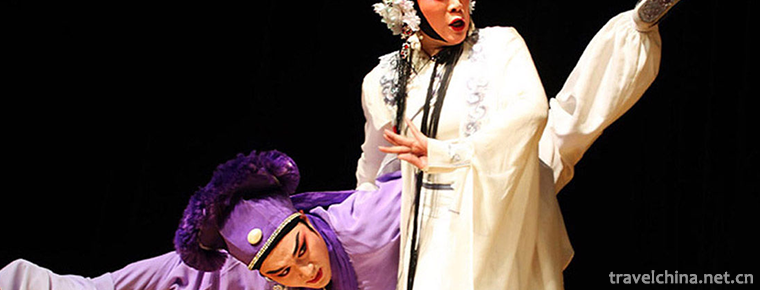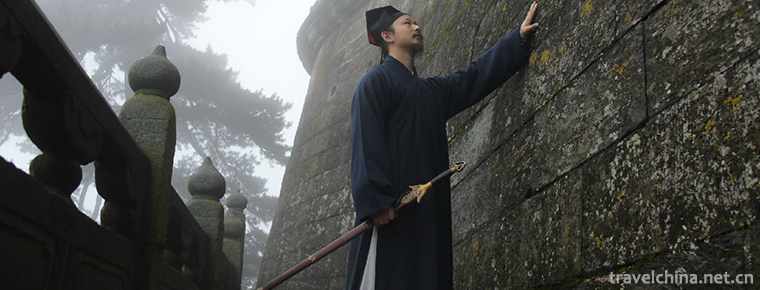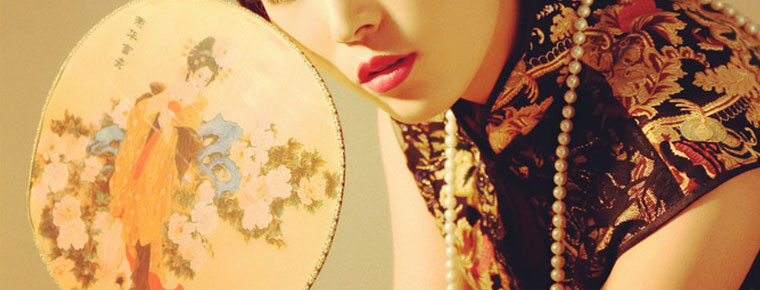Making Skill of Roe Skin of Oroqen Nationality
Making Skill of Roe Skin of Oroqen Nationality
The Oroqen nationality is one of the minorities with the smallest population in Northeast China. Because of the influence of living environment and customs, people of the Oroqen nationality use animal skins to make costumes. The skill of making roe skins of the Oroqen nationality is the unique cultural manifestation of the Oroqen Nationality under the specific physical and geographical conditions.
The skill of making roe skin of Oroqen nationality reflects the way of hunting, production and life of Oroqen people. They use the remaining roe skin from hunting widely in production and life: roe skin quilt, roe skin coat, roe skin gloves, roe horn cap, trousers and boots, etc. They are especially suitable for the long and cold winter in the north and the whole year of Oroqen people. The hunting life of climbing mountains and traversing forests.
Oroqen costumes are mainly gown-style, and different clothes are worn in different seasons, mainly leather gowns, leather jackets, leather trousers, leather pants, boots, leather socks, leather caps, leather gloves, leather aprons, leather shoulders and so on. Their production methods and materials are also different. The leather gown worn in winter, the Oroqen language "Suen", is made of the roe skin captured in winter. In this season, the roe skin is long and thick, and it is especially warm to wear. Summer clothes are made of thin, short-haired red bars. Oroqen is called "Gulami", and they are also made of shaved roe skin. The clothes worn in spring and autumn are made of short roe skin in autumn. The Oroqen language is called "Kagemona".
Leather pants, Oroqen language "Ehereki". Leather pants are usually made of three pieces of roe skin in autumn and winter. They are only below the knee and cut through the lower half of the pants. The trousers have no waist and crotch, only two horseshoe-shaped trousers legs, which are tied to the belt with leather rope. When men hunt and women cut firewood, they are used to wearing it, which not only keeps warm, but also protects the pants inside. It is also very convenient to move. Men and women are different, with the changes of the times, the length of slightly changed.
The roe-headed hat, or roe-headed hat, in Oroqen, is called "Mitaha". It is sewn from the whole roe-headed skin, and even the ears, eyes and nose of the roe-headed hat should be preserved. Some even left two corners behind. Wearing this kind of hat is both warm and chic, and men like to wear it most. This is also the representative costume of Oroqen which is different from other minority nationalities. Wearing this kind of hat can disguise and deceive the beast.
In addition, the Oroqen people wear roe leather shoes called "Chihami", socks made of roe leather called "Doctor Turn", gloves called "Kaohu Road", quilts made of roe skin called "Nanaura", and roe leg leather mattresses called "Oshaketun".
In a word, roe skin products are indispensable for Oroqen people's production and daily necessities. The skills and products of roe skin making have become the carrier of hunting culture. This is a history book without words. It reflects the outlook on life, aesthetics and religious ideas of the Oroqen people, and is an important basis for the study of the Oroqen national culture.
In 2008, Oroqen Autonomous Banner of Inner Mongolia Autonomous Region and Erhui District of Heihe City of Heilongjiang Province declared that the production techniques of Oroqen roe were included in the second batch of national intangible cultural heritage protection list.

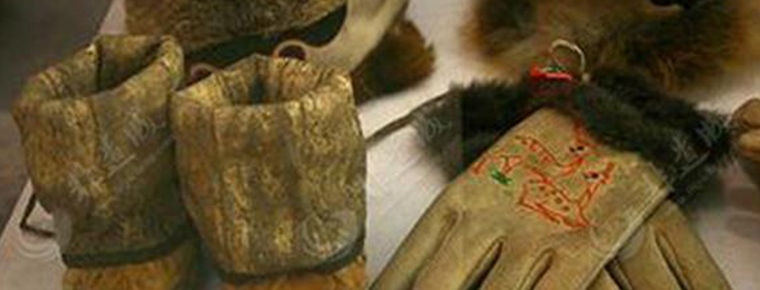
-
Shajiabang Yushan Shanghu Tourist Area
Shajiabang Yushan Shanghu Tourist Area is located in Changshu, a famous historical and cultural city in the south of the Yangtze River,.
Views: 213 Time 2018-12-06 -
Du Shoutians former residence
Du Shitian's former residence is the old residence of Du Shitian, the emperor's teacher of the Qing Dynasty, as well as the old residence of many famous officials of the Du family. Located in Binzhou .
Views: 145 Time 2019-01-08 -
Hainan Tropical Wildlife Park and Botanical Garden
Hainan Tropical Wildlife and Botanical Garden is a national AAAA-level tourist attraction with the theme of popular science exposition, conservation and reproduction, sightseeing, leisure and vacation.
Views: 249 Time 2019-01-13 -
Xisha Wetland of Pearl Lake
Located in Luhua Town, west of Chongming Island, Shanghai Mingzhu Lake is the largest natural inland lake on the island. It is also the main area of western water recreation .
Views: 156 Time 2019-02-07 -
Eight treasures whole chicken
It's a delicious dish with the characteristics of beige color, delicious taste and delicacy. The main raw materials used are 1 bamboo shoot hen (about 1.75 kg), 100 grams of Jiangmi, 25 grams of dates.
Views: 444 Time 2019-03-26 -
Cloisonne Production Techniques
Cloisonne production skills, Chongwen District, Beijing, local traditional skills, one of the national intangible cultural heritage..
Views: 119 Time 2019-05-08 -
Traditional Textile Dyeing Weaving and Embroidery Techniques of the Li Nationality
The traditional spinning, dyeing, weaving and embroidery techniques of the Li nationality, the traditional handicraft techniques of Hainan Province, are one of the national intangible cultural heritag.
Views: 92 Time 2019-05-12 -
Eyebrow household
Eyebrow households, distributed in Shanxi, Shanxi, Shaanxi, Gansu, Western Henan and other provinces, also known as "Eyebrow Shao" or "confusion", are named for their euphemistic m.
Views: 87 Time 2019-05-31 -
Wenzhou opera
Ou Opera has a history of more than 300 years with "written warmth" as its stage language. The more influential traditional plays are Gao Ji and Wu Sanchun, Yanghe Pickup and the modern play.
Views: 89 Time 2019-06-08 -
Wudang Martial Arts
At the end of Yuan Dynasty and the beginning of Ming Dynasty, Zhang Sanfeng, a Taoist of Wudang School, established Wudang School and was respected as the founder of Wudang Wushu..
Views: 129 Time 2019-06-30 -
Cheongsam and fan
As the saying goes, the pipa is half covered. What did ancient beauties use to cover their faces? The first reaction must be a fan! Fans are also the most common accessories in ancient times. Men use paper fans and women use round fans. Chinese traditional fan culture .
Views: 352 Time 2020-12-11 -
Evolution of Chengdu Giant Panda Base
Chengdu Giant Panda Breeding Research Base is established on the basis of raising, treating and breeding giant pandas in Chengdu Zoo. In the 1980s, Fargesia FRIGIDA in Qionglai mountains blossomed and died. Some giant pandas were rescued and concentrated in Chengdu Zoo for lack of food and hunger..
Views: 106 Time 2020-12-13
